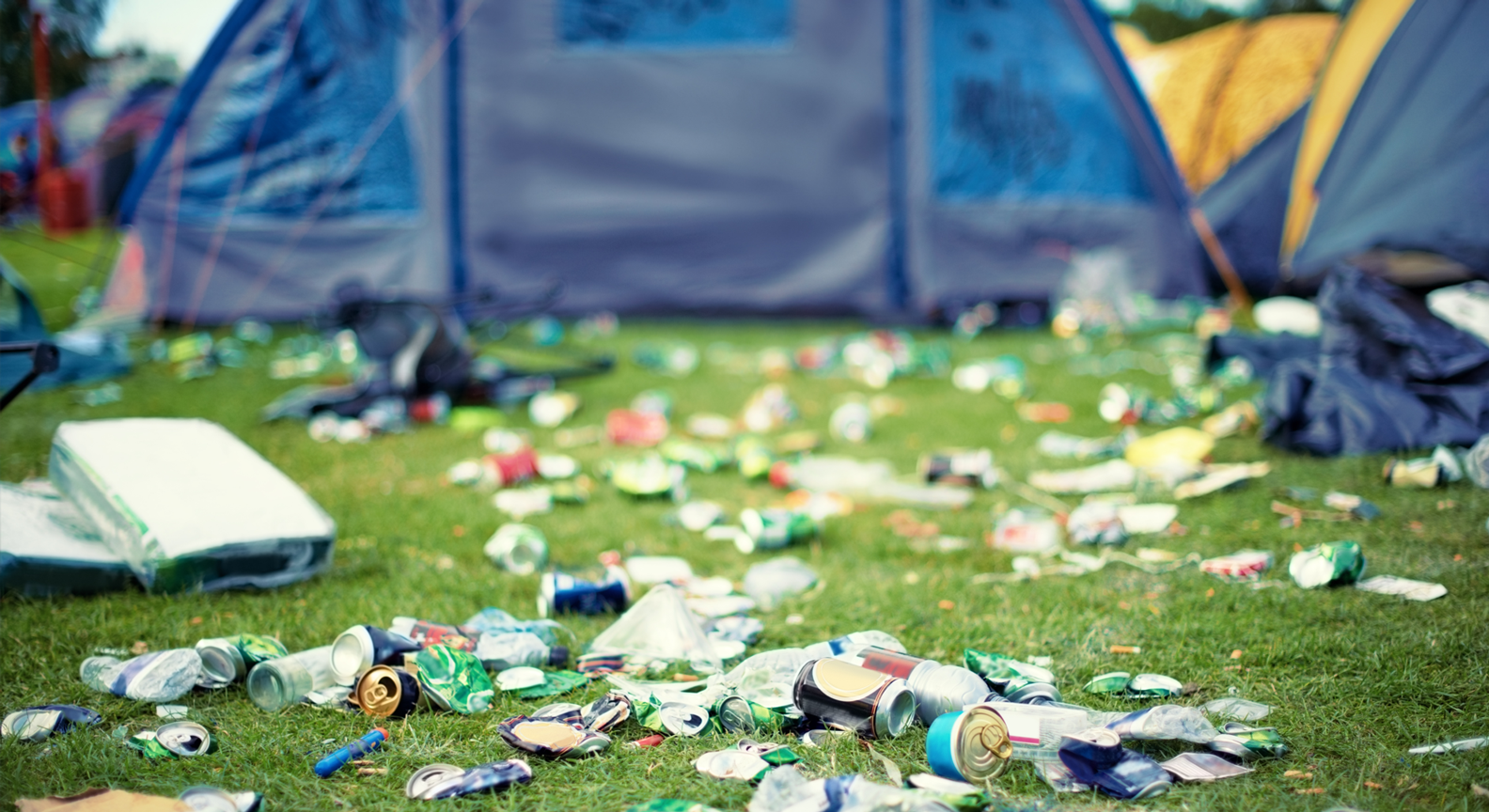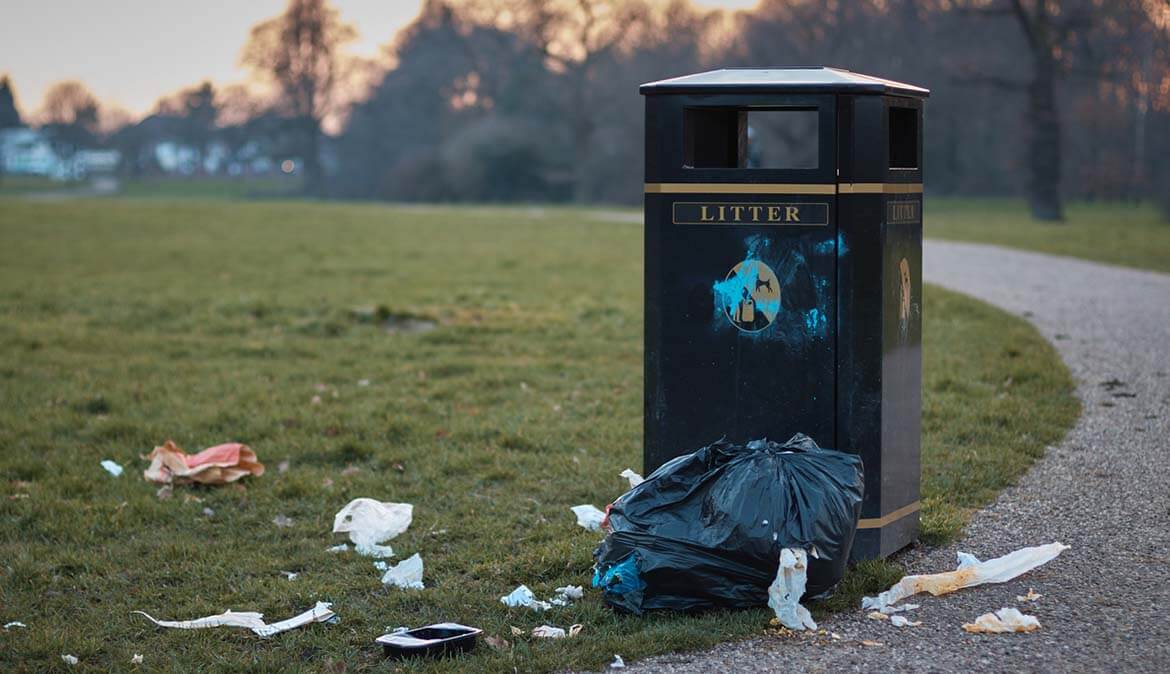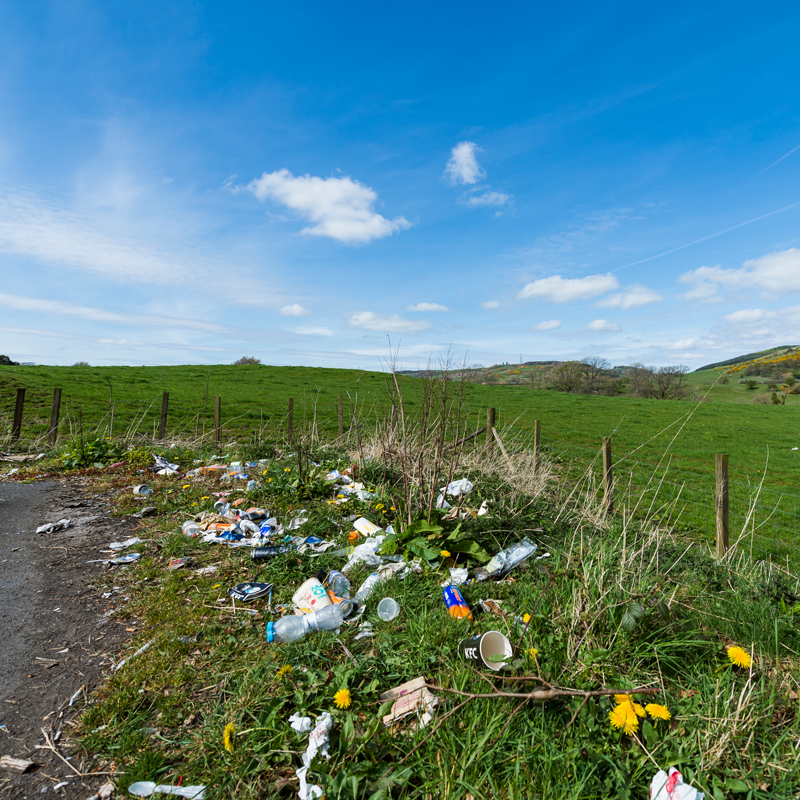
Litter and Flytipping
We can all play a part in keeping Scotland’s towns, beaches and beauty spots free of litter and flytipping by making sure that rubbish, cigarette butts and food doesn’t end up in the environment. Reducing and recycling is the first option, then using bins destined for landfill as a last resort.

What can you do?
Use reusables – like straws, coffee ups, water bottles and cutlery - when out and about.
Secure wheelie bins to stop rubbish from making a break for it during bad weather and only present your bin for collection if it can be sheltered and secured.
Join in with a community litter pick or beach clean.
Donate unwanted large items in good condition to charity or pass them on to friends and family.
Related content
- Article

National Litter and Flytipping Strategy Private Landowners Grant Fund
03 Nov 23
1 minute read
- Evidence & Insights

- Blog

Disposable vapes: A case for changing our throwaway culture
30 Aug 23
3 minute read
- Resources

- Guidance

- Guidance

